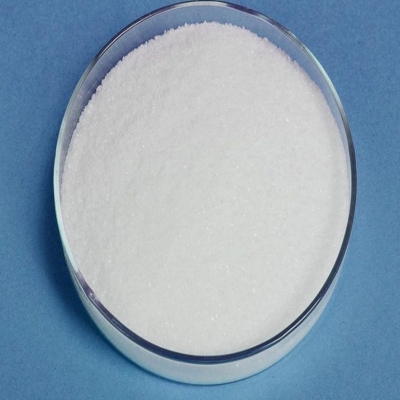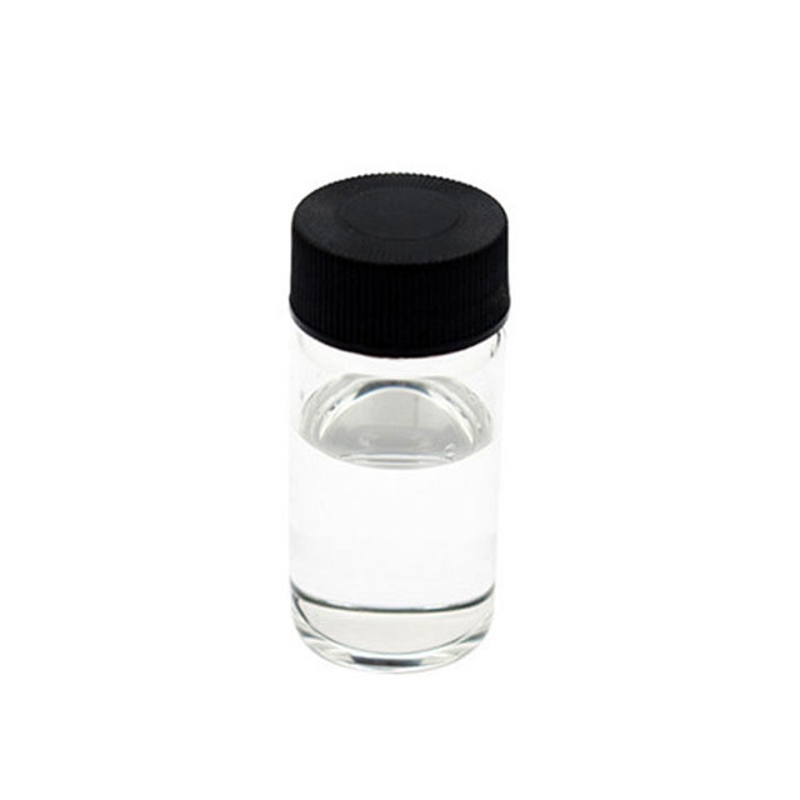My scientists reveal the neural origins of pain
-
Last Update: 2021-02-18
-
Source: Internet
-
Author: User
Search more information of high quality chemicals, good prices and reliable suppliers, visit
www.echemi.com
is pain? Many people know the answer to this question, but it's not that simple to describe exactly how painful you are. Researchers from the Institute of Psychology of the Chinese Academy of Sciences and other units developed an experimental paradigm for simultaneously recording brain electrical activity in the animal cortical brain and in the multi-brain region, and found that pain-induced gamma band high-frequency oscillation signals (GPOs) recorded by the cortical brain electricity came from shallow intermediate neurons in the pain-stimulating lateral primary body sensory cortical layer. The findings were published online in the international journal Journal of Neuroscience.Objective and accurate assessment of pain is one of the biggest problems in pain research. Previous studies have found that pain-induced GGOs are one of the most specific biological indicators that objectively reflect pain levels. However, the neurological origins of GBO have long been highly controversial: some studies suggest that GBO may have originated from the primary somatic sensory cortical layer, while others support the GBO's origin in the primary motor cortical cortical layer. "It is worth noting that these studies use electro-encephalopathy to study the properties of GBO, but the spatial resolution of EEG is low, it is difficult to define the basis of neuro-electrophysiological activity in the brain." Hu Li, one of the authors of the paper and a researcher at the Institute of Psychology of the Chinese Academy of Sciences, said.While applying laser pain stimulation to rats, the researchers simultaneously recorded neuroelectronic signals at different depths of the psoria and the two-sided primary somatic sensory cortical and primary motor cortical cortical layers, and by analyzing the relationship between local field electrons and neuron discharges in the brain and cortical electroencephaloelectron signals, they found that the pain-induced GBO recorded by the cortical brain electricity came from pain-stimulating shallow intermediate neurons in the lateral primary body sensory cortical layer.Hu said the study revealed the neural origin of pain-induced GBO, deepened people's understanding of the neuroelectrative mechanism of GBO, a potential pain objective assessment index, and provided the basis for the evaluation of pain intensity and analgesic effect. At the same time, combined with neuromodulation and bioretransmission techniques, it is expected that pain can be alleviated by regulating the GBO signals of shallow intermediate neurons in the primary somatic sensory cortical layer, which in turn will develop into a new analgesic technique. (Science and Technology Daily)
This article is an English version of an article which is originally in the Chinese language on echemi.com and is provided for information purposes only.
This website makes no representation or warranty of any kind, either expressed or implied, as to the accuracy, completeness ownership or reliability of
the article or any translations thereof. If you have any concerns or complaints relating to the article, please send an email, providing a detailed
description of the concern or complaint, to
service@echemi.com. A staff member will contact you within 5 working days. Once verified, infringing content
will be removed immediately.







